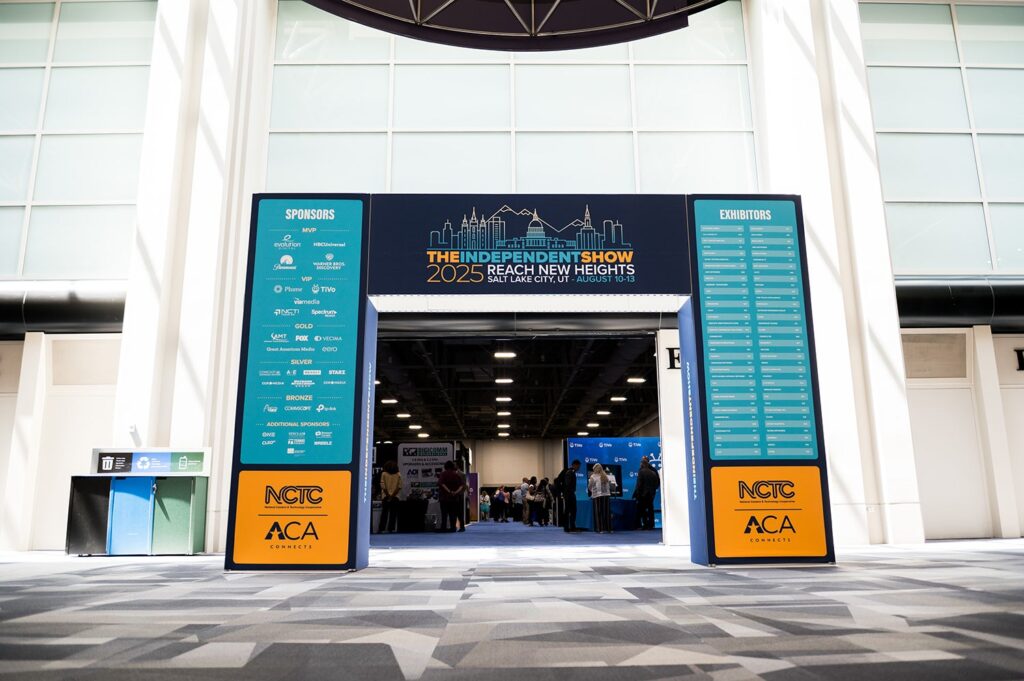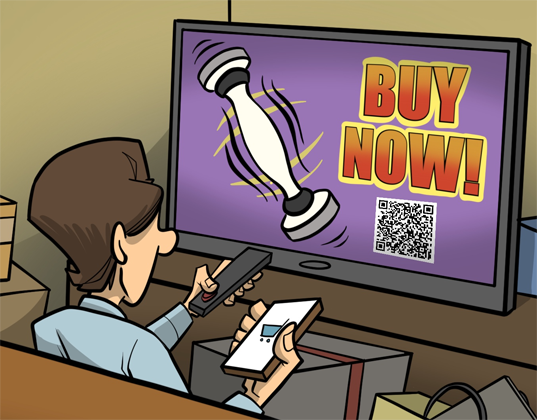1. Reach: How big is their audience?
2. Relevance: How relevant is their content to my product or service?
3. Relationships: Can they demonstrate the depth of their relationship with their audience?
4. Engagement: Is their audience highly engaged with their content? What is the likelihood the audience will engage with whatever they post?
How passionate the influencers are about a topic, how trusted are they, and how much first-hand experience they have with product often becomes the valuable measurement of their influence.
4. Influencers just buy audiences and game the system.
Of course there are influencers that buy audiences and game the system. When anyone can buy a few hundred (or thousand) likes or followers at minimum cost, it can be easy to feign a following. The difference is that those empty followings don’t provide a ROI, and reputable agencies monitor for the behavior. Any credible agency will be able to show you the difference between empty followings and relevant, engaged followings. Don’t be fooled by a fake, make sure you’re working with a company that properly screens and monitors the influencers they work with.
5. Influencer marketing delivers an 11x ROI.
This statistic has traveled the internet and been quoted thousands of times. It is certainly not true in every situation and no CMO should have that expectation for every influencer campaign. That does not mean that influencer marketing is not a valuable tool in a CMO’s arsenal. It just means that realistic expectations need to be set for each campaign, and there are a myriad of ways to measure expectations and results when it comes to influencer marketing.
Influencer marketing has come a long way from the days of simply measuring TMV (Total Media Value) and impressions. Today, influencer marketing can be measured for impact on sales, driving in-store traffic and promotion redemption lift. For example, we worked with an office product brand on a campaign in which influencers created engaging tutorials featuring multiple products, which ultimately inspired readers to purchase the products for different usage occasions in their own homes. An initial spend of $75K converted to a $492K in incremental sales lift. In another case we tapped into shopper intelligence by measuring foot traffic through pixel data, from which we were able to provide a mobile phone brand a 16 percent sales lift, ultimately proving that the right content can increase basket size.
It’s important to benchmark and review influencer campaign results over time and across categories to truly try to understand seasonality, strength of different types of content, influencer mix, and ultimately, the ROI.
Holly Pavlika is SVP, Marketing & Content, Inmar, Inc. + Collective Bias.
Related articles:


 Network
Network

